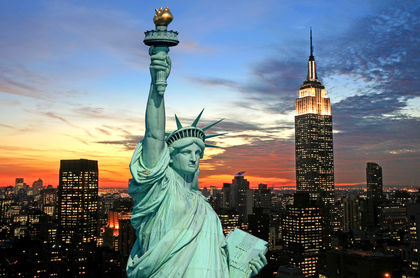U.S. consumer confidence fell sharply in June, defying expectations, as households grew increasingly concerned about job availability and economic uncertainty stemming from President Donald Trump’s tariff policies. The decline adds to mounting signs that the labor market may be softening.
The Conference Board’s consumer confidence index dropped by 5.4 points to 93.0, reversing nearly half of May’s strong gain. Economists had expected an increase to 100.0. The slide in sentiment was broad-based, affecting all age groups, income levels, and political affiliations, with Republicans showing the steepest drop.
Concerns over tariffs, particularly their effect on prices and incomes, have made consumers hesitant about making big-ticket purchases. While perceptions of current finances remained steady, fewer respondents expected income gains in the near future.
“The diminished share of consumers who expect their household incomes to increase, combined with ongoing price pressures, suggests that financial anxiety remains elevated,” said Tim Quinlan, senior economist at Wells Fargo.
The share of consumers describing jobs as “plentiful” dropped to 29.2%, the lowest since March 2021, down from 31.1% in May. Meanwhile, 18.1% said jobs were “hard to get,” a slight improvement from last month’s 18.4%. The labor market differential—closely watched as a proxy for unemployment trends—narrowed to 11.1, a four-year low.
These numbers align with elevated continuing unemployment claims and may hint at a rising jobless rate. Economists now expect unemployment to edge up to 4.3% in June, from 4.2% in May.
The timing of the survey—completed before June 18—means it did not fully capture any shift in consumer sentiment following the recent escalation between Iran and Israel and the U.S. airstrikes on Tehran’s nuclear facilities.
The expectations index—a key gauge of future sentiment—fell to 69.0, while views on the current economic situation remained stronger at 129.1. Inflation expectations for the next year moderated slightly to 6.0%, down from 6.4% in May, though more consumers now expect interest rates to rise, the highest share since October 2023.
Federal Reserve Chair Jerome Powell told lawmakers Tuesday that the Fed needs more time to assess the inflationary impact of tariffs before deciding on any potential rate cuts. The central bank last week kept its key interest rate steady at 4.25%–4.50%, where it has remained since December.
Consumer hesitation extended to the housing market as well. A separate report from the Federal Housing Finance Agency revealed a 0.4% decline in single-family home prices in April, the first monthly drop since August 2022. The annual rise in prices slowed to 3.0%, the weakest since May 2023.
Tight affordability, driven by high mortgage rates and prices, is dampening home-buying plans. However, house price inflation is expected to remain relatively stable at the national level, though some overheated markets—particularly in Florida—could face notable price declines.
While domestic travel plans have cooled, more Americans expressed interest in traveling abroad. Spending intentions also rose modestly for services like dining out, fitness, and museum visits.
Despite lingering concerns, the overall economic backdrop remains mixed—with signs of resilience in some sectors and growing caution in others as global and domestic uncertainties continue to shape consumer behavior.























